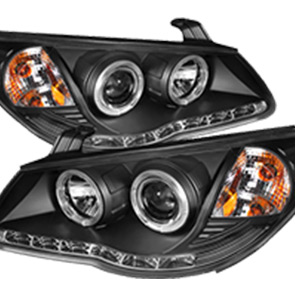gear cable
The Importance of Gear Cables in Modern Cycling
In the world of cycling, precision and performance are paramount. Among the myriad components that contribute to an efficient bicycle, gear cables play a critical role in ensuring a smooth and effective shifting experience. Understanding the significance of gear cables, their functionality, and maintenance can enhance a cyclist’s riding experience and prolong the lifespan of their bike.
What Are Gear Cables?
Gear cables are slender wire ropes that connect the shifters located on the handlebars of a bicycle to the derailleur on the rear or front of the bike. Their purpose is to transmit the rider's input from the shifters to the derailleur, which subsequently moves the chain to the desired gear on the cassette or chainrings. Although they may seem like a minor component, the gear cables are integral to the overall mechanical functionality of how a bike performs.
Functionality and Mechanics
When a cyclist shifts gears, the shifter mechanism pulls or releases the cable, which in turn causes the derailleur to move. This movement repositioning the chain onto a different gear, altering the bike's resistance and speed. High-quality gear cables allow for precise shifting, meaning that even subtle shifts are transmitted accurately to the derailleur. A misaligned or worn-out gear cable can lead to frustrating delays in shifting, making the ride less enjoyable and potentially dangerous, especially in competitive scenarios.
Types of Gear Cables
gear cable

There are generally two types of gear cables used in bicycles standard and indexed. Standard cables offer a traditional shifting experience, while indexed cables allow for a more modern and precise shifting that clicks into place. The choice between them depends on the rider's preference and the type of riding they plan to do. Additionally, gear cables come in various materials, such as stainless steel or coated materials designed to reduce friction and improve durability.
Signs of Wear and Tear
Just like any other part of a bicycle, gear cables are subject to wear and tear. Over time, they can stretch, fray, or become corroded, all of which can hamper performance. Cyclists should keep an eye out for symptoms such as poor shifting performance, a loose feeling in the shifters, or visible damage to the cable itself. Regular maintenance and inspection of gear cables are essential. Most experienced cyclists recommend replacing gear cables at least once a season, or more frequently for those who ride often or in harsh conditions.
Maintenance Tips
Proper maintenance of gear cables is essential for optimal performance. One of the easiest ways to maintain gear cables is to periodically clean and lubricate them. Use a specific cable lube to allow smoother operation and minimize friction. Additionally, ensuring that the cables are properly routed and secured can help prevent damage. When replacing cables, it is advisable to use high-quality cables and housing to enhance performance and longevity.
Conclusion
In conclusion, gear cables, while often overlooked, are vital components in the efficacy of a bicycle’s shifting system. From enabling smooth transitions between gears to enhancing overall riding experience, their role should not be underestimated. Regular maintenance, timely inspections, and understanding the mechanics behind gear cables can help cyclists enjoy seamless rides. As with many aspects of cycling, investing time and effort into the upkeep of gear cables pays off in performance and ride quality, making each journey as enjoyable as possible. Whether commuting, touring, or racing, knowing the importance of gear cables supports every cyclist in their pursuit of excellence on two wheels.
-
Workings of Clutch Pipe and Hose SystemsNewsJun.04,2025
-
The Inner Workings of Hand Brake Cable SystemsNewsJun.04,2025
-
The Secrets of Throttle and Accelerator CablesNewsJun.04,2025
-
The Hidden Lifeline of Your Transmission Gear Shift CablesNewsJun.04,2025
-
Demystifying Gear Cables and Shift LinkagesNewsJun.04,2025
-
Decoding Clutch Line Systems A Comprehensive GuideNewsJun.04,2025
